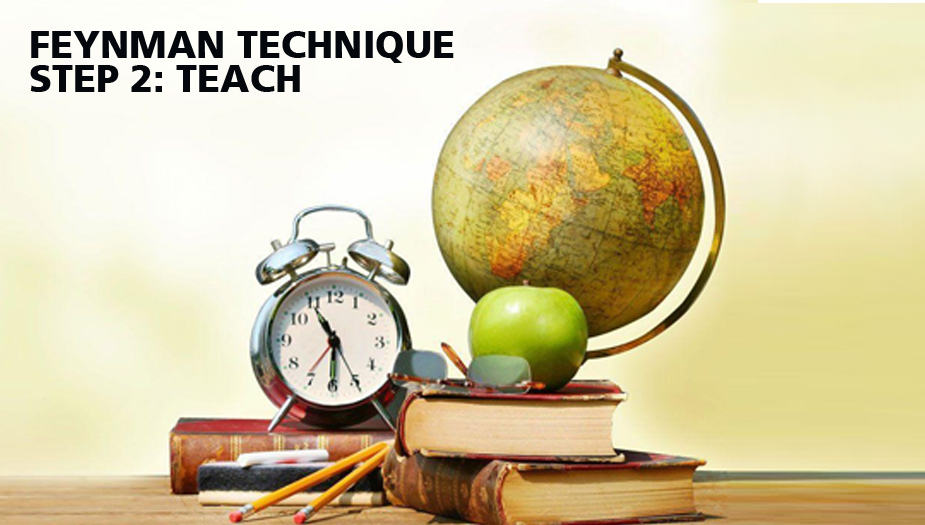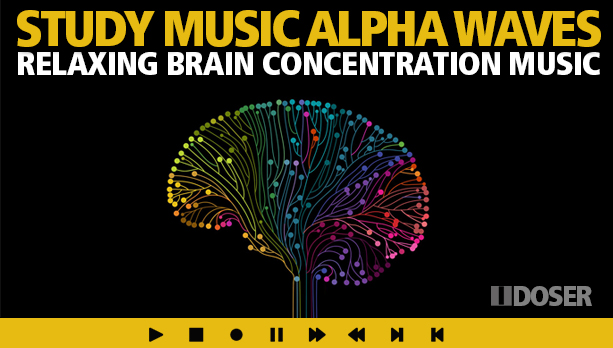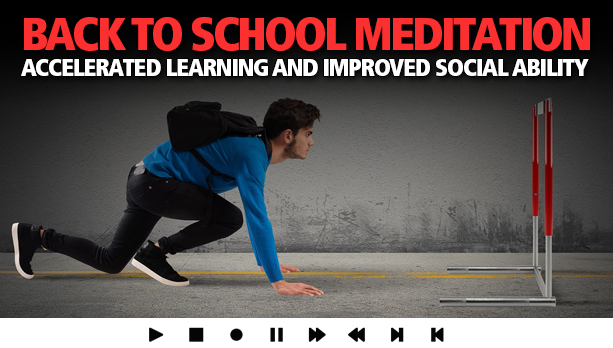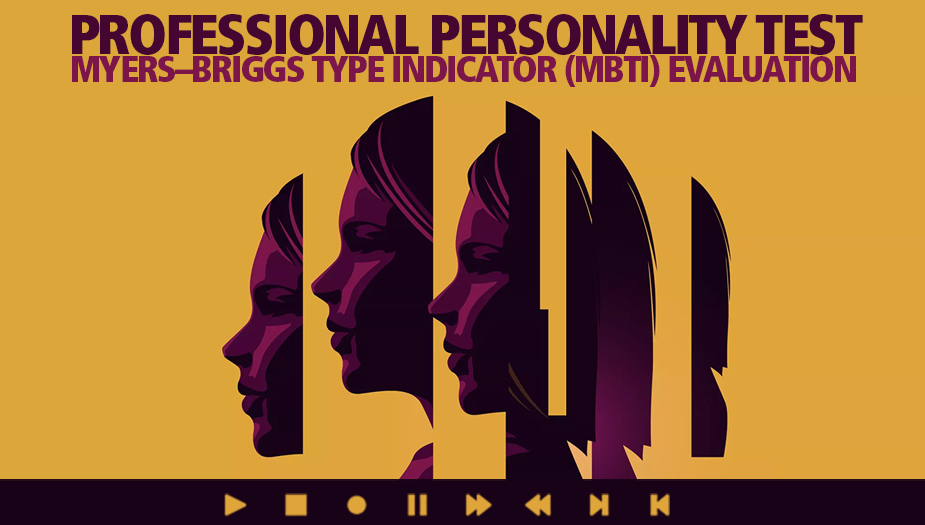Feynman Technique: Learn Any Topic FAST

The Feynman Technique is a powerful learning technique created by Nobel Prize-winning physicist Richard Feynman. It teaches the most effective way to learn anything. Are you a student, employee, or simply interested in learning THE alpha method of learning through comprehension?
What Is the Feynman Technique?

The Feynman Technique is a popular method for learning and retaining complex information, named after the Nobel Prize-winning physicist Richard Feynman. For example, this alpha method of a learning technique involves breaking down a concept into its most basic components and then explaining it in simple terms. This process helps identify gaps in one’s understanding and clarify misunderstandings. The only other proven enhancement method might be binaural induction learning. The Feynman Technique is four steps: First, choose a concept you want to understand and write it down. Second, explain the idea in your own words as simply and clearly as possible. Third, identify gaps or areas where your explanation is unclear, and go back to the source material to fill those gaps. Finally, simplify your description and repeat the process until you understand the concept thoroughly.
Who is Richard Feynman?
Richard Feynman was an American physicist born in 1918 in Queens, New York. Feynman attended the Massachusetts Institute of Technology (MIT) for his undergraduate degree before completing his Ph.D. at Princeton University. During World War II, Feynman worked on the Manhattan Project, responsible for developing the first atomic bomb. Feynman was known for his groundbreaking work in quantum mechanics, particularly his contributions to developing quantum electrodynamics. We already know how AI and artificial intelligence factor into learning. However, Richard Feynman was also a skilled teacher and communicator, known for his ability to explain complex scientific concepts in simple terms and for developing an alpha method learning technique. He won the Nobel Prize in Physics in 1965 for his work in quantum electrodynamics and passed away in 1988 at 69, leaving behind a legacy as one of the most influential physicists of the 20th century.
Benefits of the Feynman Technique
The Feynman Technique is a powerful learning strategy that can benefit individuals in various ways. By breaking down complex concepts into simpler terms and identifying any gaps in understanding, this learning technique can help improve comprehension, retention, and recall of information. We have talked brute-force mindful learning before, and it is fascinating. One of the primary benefits of the Feynman Technique is that it forces individuals to think critically about the information they are trying to learn. By simplifying complex ideas and explaining them in their own words, learners can better understand the material and identify areas where they may need to focus their efforts. Additionally, the Feynman Technique can help individuals build confidence in their understanding of a subject. Explaining a concept in simple terms makes learners feel more confident applying that knowledge in different contexts.
Feynman Technique Step 1: Study

The first step in the Feynman Technique is choosing a concept you want to understand better. Is learning one of the top 10 regrets people have? You’d be surprised what people regret long-term. The concept could be a complex idea you are struggling with, a new topic you are trying to learn, or something you want to master in greater depth. It is up to you, as this is a true alpha method of learning.Once you have chosen your concept, the next step is to write it down. Writing could be in the form of a sentence, a paragraph, or a more detailed explanation. The key is to write it down clearly and concisely so that you can refer back to it later. Writing down the concept is essential because it forces you to articulate your understanding of the topic.
What Does It Mean to Study?
Step 1 in this technique often refers to “studying.” You have to take time to let go of your ego (we teach that here) as it will help with retention. But have you ever taken the time to understand the art of studying? Studying is acquiring knowledge, skills, or understanding through deliberate and focused learning – the alpha in our alpha method is dedication. It involves various activities designed to help individuals master a subject or acquire new knowledge. Studying can take many different forms, depending on the subject matter and the individual’s learning goals. For example, it may involve reading books or articles, attending lectures or classes, participating in discussions or group activities, practicing skills, or conducting research. Studying is essential for personal and professional development, as it helps individuals to stay informed, keep up with changes in their field, and continuously improve their knowledge and skills.
Effective Studying Methods
You can use many different strategies and techniques to improve studying effectiveness. Some people even engage in some questionable methods like reality shifting. Establishing specific, measurable, achievable goals is an important first step in learning effectively. These techniques help provide direction and focus and ensure you use time and effort efficiently. Actively engaging with the material through note-taking, summarizing, and asking questions can help to reinforce understanding and retention of information. Creating a alpha method study schedule, prioritizing tasks, and avoiding distractions can help maximize productivity and ensure sufficient time for different topics. In addition, regular practice and repetition of key concepts can help to solidify understanding and improve retention of information over the long term. By incorporating these and other effective studying methods, individuals can enhance their learning outcomes and achieve their academic and personal goals.
Feynman Technique Step 2: Teach

Learn how to make your new learning resolution STICK! Because, step 2 of the Feynman Technique by Richard Feynman involves breaking down the concept you wrote down in Step 1 into simpler terms. To accomplish this, start by rephrasing the initial explanation in more straightforward language. Once you have simplified the description, please review it and identify unclear or confusing areas. Use analogies or metaphors to help clarify these areas and provide additional examples to illustrate key points. By breaking down the concept in this way, you will gain a deeper understanding of the subject matter and be better equipped to explain it to others clearly and concisely. This step is an essential part of the Feynman Technique, as it helps to reinforce learning and build confidence in your understanding of the topic.
What Does It Mean to Self-Teach?
Self-teaching refers to learning new skills, concepts, or information on your own, without the guidance of a teacher or formal educational program. It may be tiring to learn, and we have come up with a method that involves ways to battle learning fatigue. It involves taking responsibility for learning and using various resources and techniques to acquire knowledge. Self-teaching can take many forms, including reading books and articles, watching instructional videos, and practicing skills. One of the critical benefits of self-teaching is the flexibility and autonomy it provides. Individuals can learn at their own pace, tailor their learning to their needs and interests, and focus on the areas most relevant to their goals. Self-teaching can be a highly effective way to acquire new knowledge and skills and an essential personal and professional development tool.
Effective Teaching Methods
Effective teaching methods are essential for helping students to learn and achieve their educational goals. You use many strategies and techniques to improve teaching effectiveness, including the following. Also, did you know that there may even be a chat method to all this in the form of Grabovoi Codes? In addition, communicating information clearly and concisely, and using various teaching methods to accommodate different learning styles, can help ensure that all students can understand and retain the material. Regular feedback and assessments can help reinforce learning, identify areas for improvement, and build confidence in their abilities. Incorporating technology, such as online resources and interactive tools, can help to enhance learning and engage in new and exciting ways. Finally, by combining these and other effective teaching methods, you can create engaging and effective learning environments that help to achieve educational goals.
Feynman Technique Step 3: Simplify

Step 3 of the Feynman Technique involves reviewing and simplifying the explanation you created in Step 2 to ensure that you have a deep understanding of the concept. You may experience intrusive thoughts during any of this learning process, and we have methods for battling intrusive thoughts. Then, to simply, check the answer and identify areas where you still use technical language or jargon. Richard Feynman states to simplify these areas by using everyday language and examples that are familiar to you. Next, review the explanation again and identify any areas you struggle to explain or understand. These areas may require additional research or study to deepen your understanding of the concept. Finally, repeat this process until you can define the concept in simple, everyday language.
What Does It Mean to Simplify?
Simplification makes something easier to understand or use by removing complexity, ambiguity, or unnecessary details. For example, interpretation can involve breaking down complex ideas or concepts into more specific, manageable parts. Using analogies, metaphors, and everyday language makes the information more accessible and relatable. Some people have even tried learning in their dreams as they sleep. Is that even possible? Even more, the goal of simplification is to make data more understandable and easier to remember and to help people make more informed decisions based on the information presented. It can also help reduce confusion, errors, and misunderstandings arising from overly complex or unclear information. Even more, simplification is essential in many areas of life, including education, communication, and product design. By simplifying information and ideas, we can help to make the world a more accessible and user-friendly place.
Effective Simplification Methods
You use several easy simplification methods to make complex concepts more accessible and understandable. You wouldn’t think, but meditation can be a great help while trying to learn something new. In addition, some of these methods include comparing complex concepts to something familiar and easy to understand. It can help to make them more accessible and relatable. Even more, breaking down complex ideas into more manageable parts helps make them more understandable and easier to remember. For example, using diagrams and other visual aids can help to make complex information more accessible. This is a true alpha method to learning. Using everyday language and examples familiar to the audience can help make complex concepts more relatable and easier to understand. In addition, by incorporating these and other simplification methods, complex ideas can be made more accessible.
Feynman Technique Step 4: Fill Gaps

Take a few minute to truly reflect on the process of learning (this could be through meditation, mindfulness, or more). Step 4 of the Feynman Technique by Richard Feynman involves identifying gaps in your understanding of the concept. Then, addressing them through further study and research. To do this, review the explanation that you have created. Identify any areas where your understanding may be incomplete or unclear. Even more, these areas may include technical terms or concepts you are unfamiliar with. Next, seek additional resources and information to help fill in these gaps in your understanding. For example, filling gaps may include reading articles or books on the subject. It could be seeking guidance from experts in the field. Finally, you are better equipped to apply it to real-world situations.
What Does It Mean to Fill Gaps?
Filling gaps in learning refers to identifying and addressing areas where a learner has an incomplete or inadequate understanding. This can be a particular subject or concept. Even more, these learning gaps may result from various factors. This could be a lack of exposure to the information. It could be difficulty understanding the material. Or, it could be lack of time to engage with the subject thoroughly. Come up with your own personal mantra during all this – it is something we have knowledge in. To fill these gaps, learners may need to seek out additional information. For example, They may engage in further study or research. Or, they may seek guidance from experts in the field. By filling gaps in learning, learners can gain a deeper and more comprehensive understanding of the subject matter.
Effective Gap-Filling Methods
You use several effective methods to fill gaps in learning and deepen your understanding of a particular subject or concept. In other words, practicing and repeating the material is a great way to reinforce learning and close gaps in knowledge. Other methods might include biohacking, such as powerful lifestyle hacks. Engaging actively with the material by taking notes and asking questions can help to identify areas of confusion or misunderstanding. Searching for additional resources like videos, articles, or books can provide a more comprehensive understanding of the subject matter. In addition, discussing the material with peers or experts in the field can offer new insights. It helps to fill gaps in understanding. By using this alpha method and other effective gap-filling methods, learners can deepen their understanding of the subject matter. Finally, they improve their ability to apply the knowledge and make informed decisions.
You have now learned The Feynman Technique, a powerful learning technique created by physicist Richard Feynman. With this alpha learning method, any student, employee, or learner can quickly grasp any topic. In conclusion, you learned to retain information more effectively.
FINAL SECRET: CLICK HERE TO USE BRAIN INDUCTION FOR BETTER COMPREHENSION
TO ALL OUR READERS, today we humbly ask you to help our little blog. For over ten years now, BinauralBlog.com has been producing fantastic mindfulness articles. We do not beg for donations, use any intrusive popups, sell any form of user data, or fill our content with ads. How do we sustain ourselves? We need shares, plain and simple. The time has come for us to make a simple request. Please, if you enjoyed this article and want us to keep producing content - use any (or all) of the CIRCULAR SHARE BUTTONS ABOVE to help support our little blog. Thank you from the Binaural Blog, Founder & Team






I’ve been using the Feynman Technique for my studies, which has enormously impacted my understanding and retention of the material. Highly recommend!
I tried the Feynman Technique, but it didn’t work. I prefer other study methods that suit my learning style better.
As a teacher, I’ve recommended the Feynman Technique to my students and have seen great results in their learning and understanding of the material.
This has helped me to break down complex concepts and explain them in simpler terms, which has been helpful in my job as a science communicator.
I was initially skeptical of the Feynman Technique, but after giving it a try, I have to say it really works! My grades have improved, and I feel more confident in understanding the material.
The Feynman Technique is another overhyped study method that doesn’t work. Sticking with tried and tested methods like taking good notes and practicing is better.
I love the Feynman Technique! It’s a great way to identify gaps in my understanding and fill them in with additional research and study.
The Feynman Technique is effective for particular learners but may not work for everyone. So finding a study method that works best for you is essential.
Its has helped me retain information more easily and remember it for longer. It’s an effective study method, in my experience.
I haven’t tried the Feynman Technique yet, but after reading about it, I will definitely give it a try. The concept seems solid, and I’m curious to see if it works for me.
I just started some extra classes and will be using this technique for sure.
I am a teacher and have helped my students to use this method. It is very effective.
I really struggled with some classes I was taking until I tried this method. Really works for those who are curious.
Thank you for this. It boils down to study and learn but very helpful.
I can’t wait to start trying this with my night class.
This works but you have to put in the effort. It boils down to studying and comprehending. It’s not magic. You still need to put in the work.